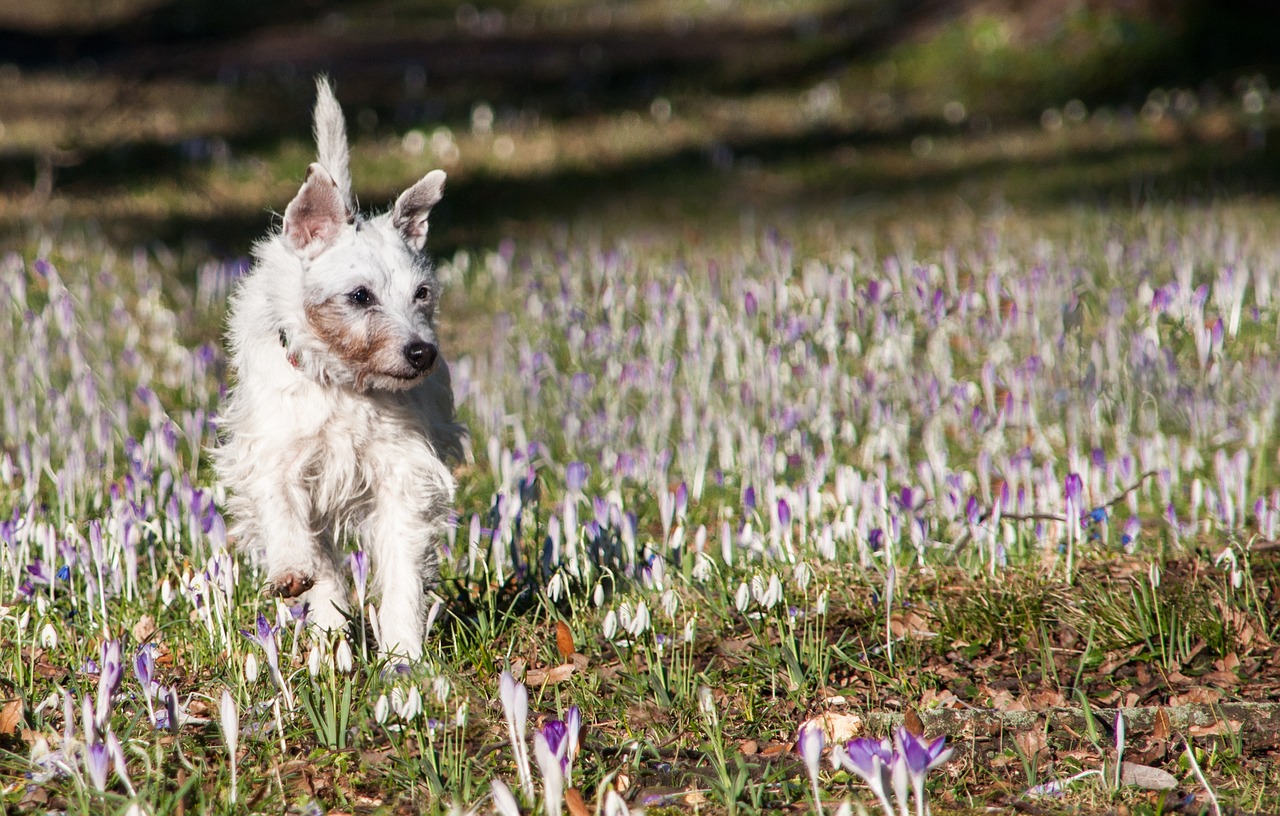The Art of Food Photography: Tips for Capturing Delicious Shots: Betbhai.com, Cricbet99, Diamond exchange 9
betbhai.com, cricbet99, diamond exchange 9: Food photography is an art form that has gained popularity in recent years, thanks to social media platforms like Instagram. Taking beautiful and appetizing photos of food requires skill and practice, but with the right tips and techniques, anyone can capture delicious shots that make viewers’ mouths water.
1. Lighting is Key
The most important aspect of food photography is lighting. Natural light is ideal for capturing the colors and textures of food. Avoid using harsh overhead lighting or flash, as it can create unflattering shadows and wash out the details of the dish. Instead, try shooting near a window or using a softbox to diffuse the light.
2. Composition Matters
When composing your shot, think about the elements that will make the food look its best. Consider the angles, framing, and placement of the dish within the frame. Play around with different compositions to find the most appealing look for your subject.
3. Props and Backgrounds
Using props like utensils, napkins, and fresh herbs can add interest and context to your food photos. Consider the colors and textures of the background and props to complement the dish you are photographing. Remember, the focus should always be on the food itself, so keep props subtle and minimal.
4. Focus on Details
Details are what make food photography stand out. Capture the textures of the ingredients, the steam rising from a hot dish, or the droplets of water on fresh produce. Pay attention to the small details that make the food look enticing and appetizing.
5. Play with Depth of Field
Experiment with depth of field to create a sense of depth and dimension in your photos. A shallow depth of field can help to isolate the subject and make it pop, while a wider depth of field can capture more of the scene in focus. Play around with different apertures to find the right balance for your shot.
6. Edit with Care
Editing is an important part of the food photography process. Use editing software like Lightroom or Photoshop to adjust the exposure, color balance, and sharpness of your photos. Be mindful not to over-edit, as it can make the food look unnatural and unappetizing.
FAQs
Q: What camera equipment do I need for food photography?
A: While professional cameras and lenses are ideal for food photography, you can achieve great results with a smartphone or a basic DSLR. Invest in a good tripod and some basic lighting equipment to enhance your shots.
Q: How can I make my food look more appetizing in photos?
A: Pay attention to styling and presentation. Garnish dishes with fresh herbs, drizzle sauces or oils, and arrange the food in an appealing way. Use props and backgrounds that complement the dish and make it look more appetizing.
Q: How can I improve my food photography skills?
A: Practice is key to improving your food photography skills. Experiment with different lighting setups, compositions, and editing techniques to find your style. Study the work of other food photographers for inspiration and ideas.
In conclusion, mastering the art of food photography takes time and practice, but with these tips and techniques, you can capture delicious shots that are sure to make your audience drool. Experiment, have fun, and let your creativity shine through in your food photos. Happy shooting!





